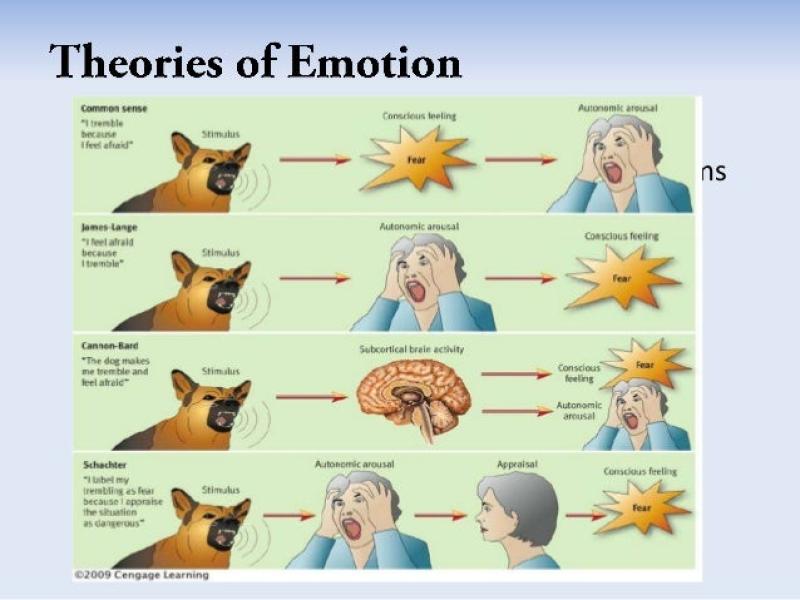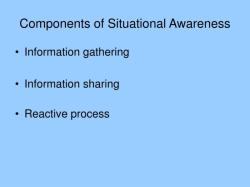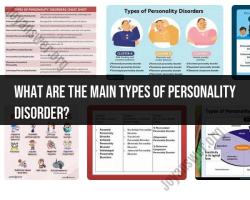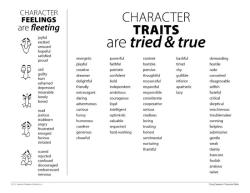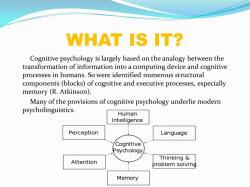What are the four major theories of emotion?
Certainly! The four major theories of emotion provide different perspectives on how emotions are generated, experienced, and expressed:
James-Lange Theory:
- Proposed by William James and Carl Lange in the late 19th century.
- Suggests that emotions are a result of physiological responses to stimuli in the environment.
- According to this theory, an external event triggers bodily changes, and the awareness of these physiological changes leads to the experience of emotion. For example, feeling afraid after trembling or shaking in response to a frightening stimulus.
Cannon-Bard Theory:
- Developed by Walter Cannon and Philip Bard in the early 20th century as a critique of the James-Lange Theory.
- Argues that emotions and physiological responses occur simultaneously and independently in response to a stimulus.
- Emphasizes the role of the thalamus in both sending sensory information to the brain and simultaneously triggering physiological responses and emotional experiences. For example, feeling afraid and experiencing bodily reactions occur simultaneously but independently.
Schachter-Singer Two-Factor Theory (Cognitive Appraisal Theory):
- Proposed by Stanley Schachter and Jerome Singer in the 1960s.
- Suggests that emotions involve two factors: physiological arousal and cognitive interpretation or labeling of that arousal based on the situation.
- Emphasizes the role of cognitive appraisal in determining the specific emotion experienced. For instance, an individual might experience heightened arousal in a situation, but the specific emotion they feel will depend on how they interpret or label that arousal based on the context.
Lazarus' Cognitive-Mediational Theory:
- Developed by Richard Lazarus in the 1980s as an extension of earlier cognitive theories of emotion.
- Emphasizes the role of cognitive appraisal as the primary determinant of emotions.
- Suggests that emotions are the result of how an individual appraises or evaluates a situation based on personal relevance, beliefs, and past experiences. The appraisal of whether a situation is harmful, beneficial, or neutral determines the emotional response.
These theories provide different frameworks for understanding the complex processes that underlie the experience and expression of emotions, highlighting the interplay between physiological responses, cognitive appraisal, and environmental stimuli in shaping emotional experiences.
Emotions are complex and multifaceted phenomena that have been the subject of intense study for centuries. Various theories have been proposed to explain the origins and nature of emotions, each offering unique insights into the emotional experience. Here's an overview of the four major theories of emotion and their key tenets:
1. James-Lange Theory (1884-1890):
The James-Lange theory, proposed by William James and Carl Lange, suggests that emotions arise from physiological changes in the body. According to this theory, we experience emotions as we become aware of these physiological changes, such as increased heart rate, sweating, or muscle tension.
Key Tenets:
Emotions are caused by physiological changes, not vice versa.
We perceive these physiological changes as emotional experiences.
Different emotions are associated with distinct physiological patterns.
2. Cannon-Bard Theory (1927):
The Cannon-Bard theory, proposed by Walter Cannon and Philip Bard, challenges the James-Lange theory by suggesting that emotions and physiological changes occur simultaneously, rather than one causing the other. They argued that the thalamus, a part of the brain, simultaneously sends out neural signals to the body, causing physiological changes, and to the cortex, resulting in the conscious experience of emotion.
Key Tenets:
Emotions and physiological changes occur simultaneously, not in sequence.
The thalamus plays a central role in triggering both emotional and physiological responses.
The cortex is not the ultimate source of emotion, but it provides the conscious awareness of emotional experiences.
3. Schachter-Singer Two-Factor Theory (1962):
The Schachter-Singer theory, proposed by Stanley Schachter and Jerome Singer, suggests that emotional experience results from the interpretation of physiological arousal. According to this theory, we experience an undifferentiated state of physiological arousal, and we label it as a specific emotion based on our interpretation of the situation and our cognitive appraisal of it.
Key Tenets:
Physiological arousal is a necessary but not sufficient condition for emotion.
We must cognitively label the physiological arousal to experience a specific emotion.
Emotional experience is a combination of physiological arousal and cognitive appraisal.
4. Cognitive Appraisal Theory (1960s-present):
The cognitive appraisal theory, pioneered by Richard Lazarus and Paul Ekman, emphasizes the role of cognitive processes in shaping emotional experiences. This theory suggests that emotions arise from our evaluation of situations and their personal significance. We appraise situations based on our goals, values, and beliefs, and this appraisal determines the emotion we experience.
Key Tenets:
Emotions are not simply reactions to external events but are influenced by our cognitive appraisal of those events.
The appraisal process involves assessing the situation's novelty, relevance, and potential for harm or benefit.
The emotion we experience depends on how we appraise the situation and its potential impact on our well-being.
These four theories have provided valuable insights into the nature of emotions and have contributed significantly to our understanding of how emotions arise, influence our behavior, and shape our experiences. While each theory offers a unique perspective, they all emphasize the interplay of physiological, cognitive, and situational factors in shaping our emotional experiences.
